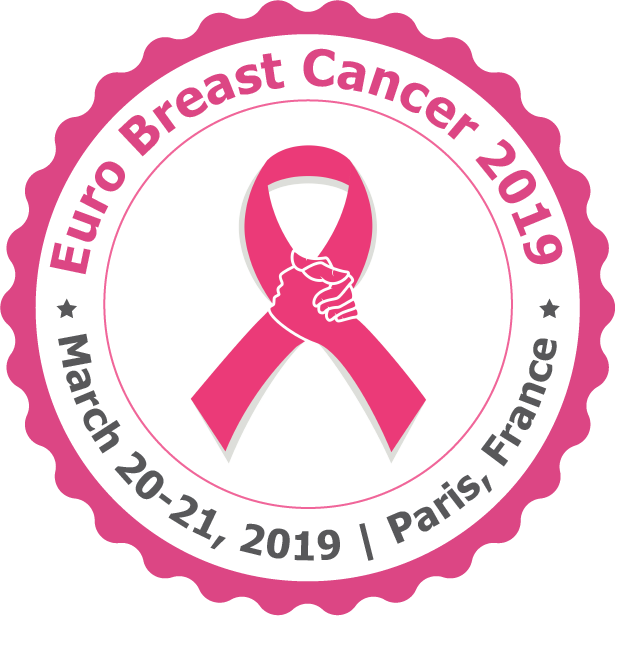
Indira Poola
Silbiotech Inc., USA
Biography
Numerous clinical studies have established that diagnosis of hyperplastic masses increases the cancer risk by 2-5 fold. Clinical follow-up surveys have shown that ~20% and 10% of subjects diagnosed with atypical and non-atypical hyperpalsias respectively develop cancer subsequently and are the most suitable candidates for preventative therapies. However, there are no methods for identifying the above high risk subjects who will most likely develop future cancers and benefi t from prophylactic measures. Due to lack of any risk stratification tools, healthcare providers as well as patients are faced with a dilemma in undertaking preventative measures. Our study purpose is to investigate a four marker risk signature, MMP-1, CEACAM6, HYAL1 and HEC1, using 440 hyperplastic tissues with up to 19 years of clinical follow-up information for risk stratifi cation and identifying high risk subjects who will benefit from preventative therapies. We have assayed the marker levels in the hyperplasia tissues and combined their expression levels to obtain a composite value from 0-10 which we called a ‘Cancer Risk Score’. We demonstrate that the four marker based risk scores predict subsequent cancer development with an accuracy of 91% and 86% for atypical and non-atypical subjects respectively. We have established a correlation between risk scores and cancer rates at 5 years, 10 years and beyond by stratifying the samples into Low (Score < 0.5), Intermediate (Score <= 5.4) and High (Score > 5.4) risk groups and Kaplan Meier survival analysis. Our results show that the cancer rates in the first five years among the low-, and intermediate risk groups were 2%, and 15% respectively among atypical as well as non-atypical subjects. In the high risk group, the cancer rates were 73% and 34% for atypical and non-atypical subjects respectively. The molecular risk stratify cation developed by us assesses a patient’s tumor biology based risk level in terms of a cancer risk score and categorizes the patient as low-, intermediate- or high risk for making informed treatment decisions (Figure 1). Th e outcomes of our study in conjunction with the already available prophylactic measures could prevent ~20%-25% of sporadic breast cancers (Grant Support: National Cancer Institute, National Institutes of Health (CA173919 and CA206774) and the National Science Foundation (IIP-1314287) awarded to I. Poola).
Abstract
Abstract : Breast hyperplasias, risk signature and Breast Cancer

